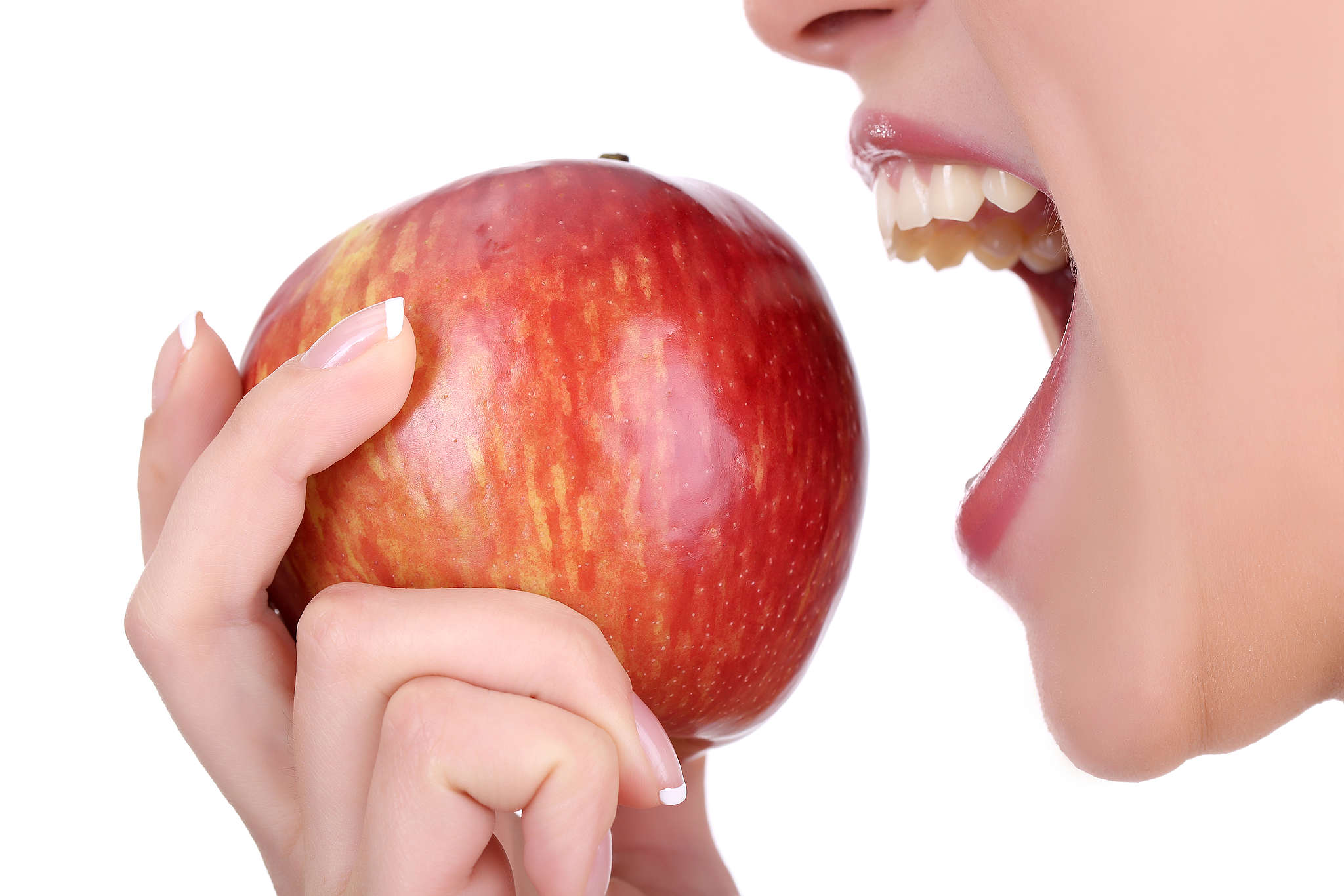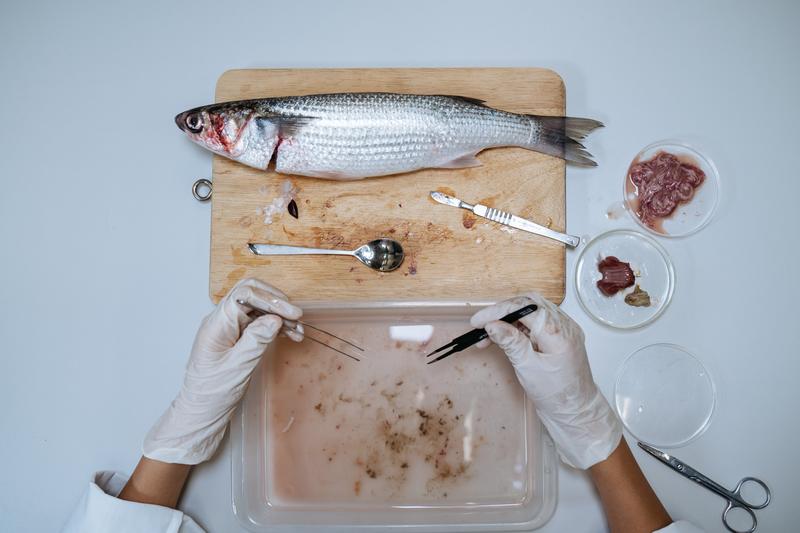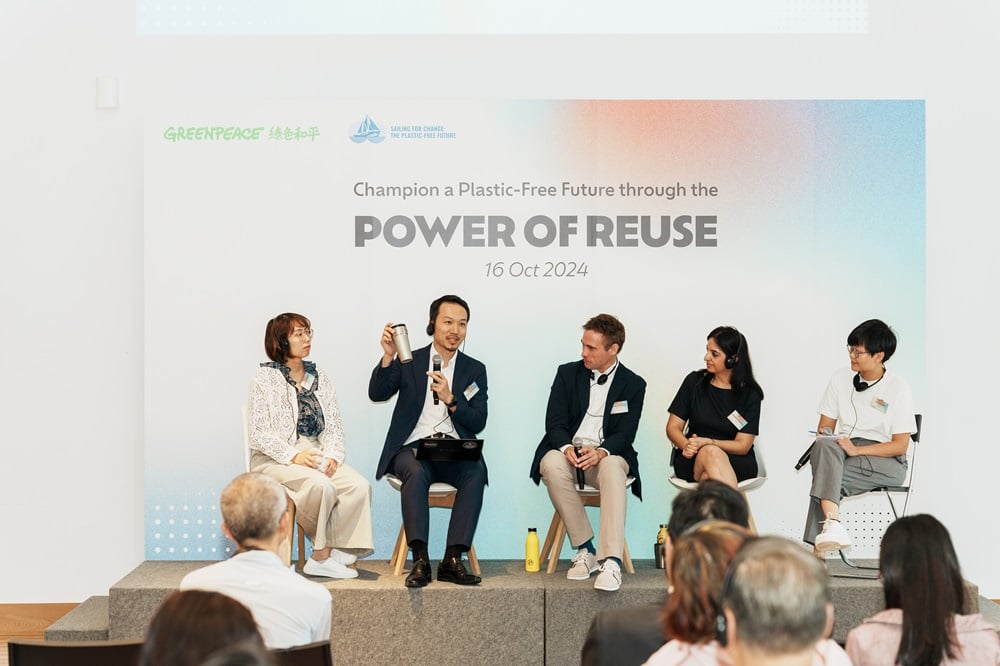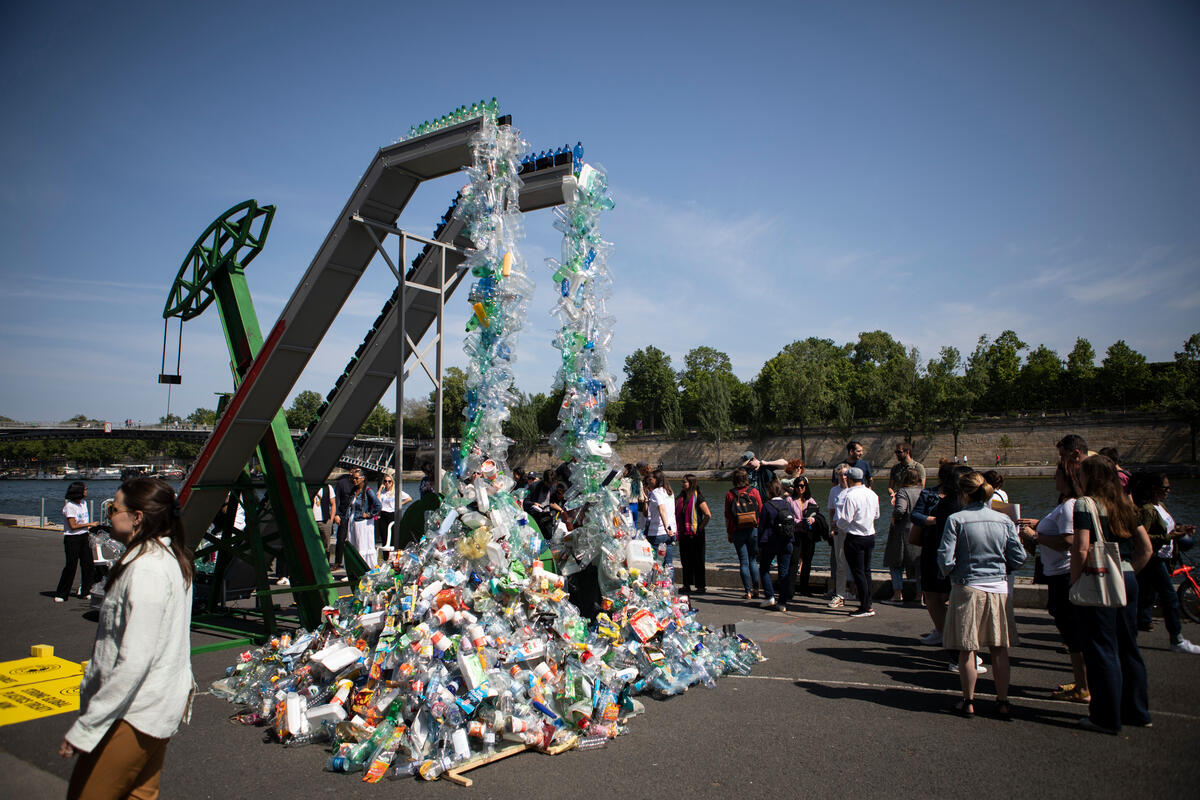Our life is plasticised! New research shows microplastics present in frequently consumed fruit and vegetables. It is time to ban throwaway plastic packaging and support research into the health impacts of plastic pollution. The longer we wait, the more plastic we will eat.
1. Fruit and vegetables
Researchers at the University of Catania, Italy, discovered tiny plastic particles in fruit and vegetables like carrots, lettuce, apples, and pears.
Apples had one of the highest microplastic counts in fruit, with an average of 195,500 plastic particles per gram, while pears averaged around 189,500 plastic particles per gram. Broccoli and carrots were shown to be the most contaminated vegetables, averaging more than 100,000 plastic particles per gram.
Two studies published earlier found that microplastics are penetrating the roots of lettuce and wheat plants, and nanoplastics were absorbed by plant roots. Fruits and vegetables can accumulate microplastics through uptake from microplastic-contaminated water or soil.
“When we take a bite of an apple, we are almost certainly consuming microplastics along with it. To mitigate plastic pollution, corporations should enforce a reduction of plastic usage and waste in their supply chains. Supermarkets have gone pretty far with all the plastics! The faster we reduce our plastic footprint, the fewer microplastic we consume,” said Sion Chan, campaigner of Greenpeace East Asia Hong Kong Office.
2. Salt
Hong Kong’s Consumer Council has found microplastics in 20% of the tested salt product samples in April of 2020. One hundred and fourteen to 17,200 milligrams of microplastic were found per kilogram of salt tested. Some tested samples even show that microplastics come from the disposable Polypropylene (PP) packaging.
Over 90% of the 39 sampled salt brands sourced from 21 countries were found to contain microplastics according to a 2018 study co-designed by Incheon National University, South Korea, and Greenpeace East Asia. Salt containing microplastics is still available in supermarkets, grocery stores, or online shops. Based on international research, it is possible that humans may be consuming around 20,000 microplastic particles a year with an average of ten grams of daily salt intake.
3. Flathead Grey Mullet
Microplastic fragments were discovered in 60 percent of wild flathead grey mullets examined by The Education University of Hong Kong in 2018, with an average of 4.3 plastic fragments per wild mullet. One even ingested 80 pieces. More plastic fragments were found in saltwater fish and grey mullets bought from different fish markets.
How plastic enters the food chain
Microplastics are small plastic pieces less than five millimeters long which come mostly from our daily plastic disposables, e.g.supermarket packagings, fruit packaging nets, bread packing bags, etc. More than 112 tons of plastic packaging waste flushed into the sea via Hong Kong each year. Single-use packaging has become one of the main sources of plastic pollution.
Microplastics enter oceans because they are too small for filtering or screening during sewage treatment. Plastic waste does not dissolve in water but breaks down into smaller and smaller particles that are often consumed by planktonic organisms and mollusks, and later move their way higher in the food chain.
Harmful effects of microplastic pollution on human health
Microplastics damage the health of aquatic creatures, e.g. intestinal deformities in fish. Microplastic may contain additives that are toxic and harmful to humans; it can attach to persistent organic pollutants (POPs) such as pesticides and plasticizers, or the common PE and PP. Whether we ingest food contaminated with plastic or microplastic, our health is at risk.
Solutions to the plastic crisis
Reduce plastic, refuse excessive plastic packaging, and reject single-use plastics in our daily lives. Encourage chain-stores to adopt plastic bottle deposit schemes; offer plastic-free refill options by adding refill stations, creating zero-plastic shopping zones.
We need your participation in reducing or eliminating plastic consumption while shopping at supermarkets. It’s time for us to switch ourselves from passive consumers to active decision-makers!




-1.jpg)

